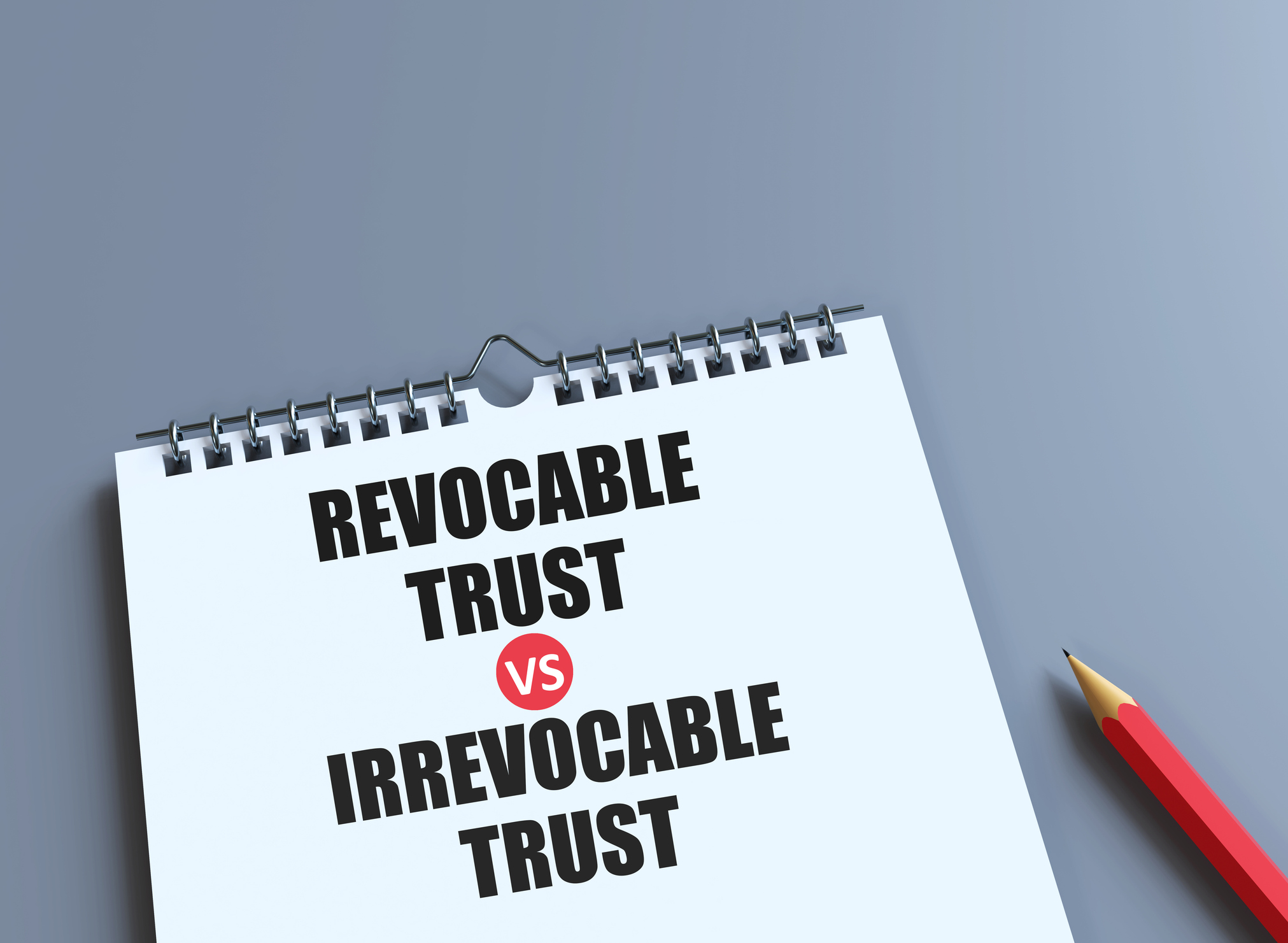
Most of us prefer to put off paying taxes for as long as legally possible. This year, though, some taxpayers could save money by cashing in some of their taxable investments.
Starting in 2013, high-income taxpayers will pay a 3.8% surtax on unearned income, including interest, dividends, royalties, rents and capital gains, as part of the health care reform law. The tax will affect taxpayers with modified adjusted gross income of $200,000 if they're single, or $250,000 for married joint filers.
And that's not the only tax hike coming. Starting in 2013, taxpayers will pay an additional 0.9% Medicare tax on income from wages over $200,000 ($250,000 for married couples). Also, unreimbursed medical expenses will have to exceed 10% of AGI before you can deduct them, up from 7.5% now. (For taxpayers 65 and older, the threshold remains 7.5% through 2016.)
From just $107.88 $24.99 for Kiplinger Personal Finance
Become a smarter, better informed investor. Subscribe from just $107.88 $24.99, plus get up to 4 Special Issues

Sign up for Kiplinger’s Free Newsletters
Profit and prosper with the best of expert advice on investing, taxes, retirement, personal finance and more - straight to your e-mail.
Profit and prosper with the best of expert advice - straight to your e-mail.
But the surtax is the main worry for investors -- especially when you also consider the possible expiration of the Bush-era tax cuts. If Congress fails to extend them, the top rate on long-term capital gains will rise to 20%, and the top rate for dividends will jump to 39.6%. Add in the surtax and high earners are facing rates of 23.8% on long-term capital gains and 43.4% on dividends. We believe Congress will extend the tax cuts. But even if that happens, the surtax alone will boost top rates for long-term capital gains and dividends to 18.8%.
The surtax will be based on your investment income or the amount your modified AGI (which includes investment income) exceeds the threshold, whichever is less. For example, a couple who earn $400,000 from wages and $50,000 from investment income would pay a surtax of $1,900. Another couple with $200,000 in salaries and $150,000 in investment income would pay $3,800, even though their overall income is lower.
You won't have to pay the surtax on the sale of your primary residence unless your profit exceeds $250,000 if you're single or $500,000 if you're married.
It's usually a bad idea to let taxes dictate investment strategy. But if you've been planning to sell some stocks or mutual funds anyway, doing so before year-end makes sense. This may also be a good time to add some municipal bonds to your portfolio because income from munis is exempt from the surtax.
Converting to a Roth is also worth considering. Withdrawals from traditional IRAs and 401(k) plans aren't subject to the surtax, but they could lift your modified AGI above the threshold, triggering the surtax on other investment income. Qualified distributions from a Roth, however, are tax-free and also excluded from your modified AGI. If you decide to convert to a Roth, act before year-end because untaxed contributions and earnings will be treated as taxable income in the year you convert, and that will increase your modified AGI. In the future, that's a number you'll want to keep as low as possible.
This article first appeared in Kiplinger's Personal Finance magazine. For more help with your personal finances and investments, please subscribe to the magazine. It might be the best investment you ever make.
Profit and prosper with the best of Kiplinger's advice on investing, taxes, retirement, personal finance and much more. Delivered daily. Enter your email in the box and click Sign Me Up.
-
 3 Major Changes to the Charitable Deduction in 2026
3 Major Changes to the Charitable Deduction in 2026Tax Breaks About 144 million Americans may qualify for the 2026 universal charity deduction, while high earners face new IRS limits. Here's what to know.
-
 Where to Stash Cash as Yields Fall, According to Advisers
Where to Stash Cash as Yields Fall, According to AdvisersYour best options depend on how soon you'll need the money and your tolerance for risk.
-
 Control vs Protection Quiz: Which Trust Do You Need?
Control vs Protection Quiz: Which Trust Do You Need?Quiz Take this simple quiz to discover whether a revocable or irrevocable trust should be the cornerstone of your estate plan.
-
 9 Types of Insurance You Probably Don't Need
9 Types of Insurance You Probably Don't NeedFinancial Planning If you're paying for these types of insurance, you may be wasting your money. Here's what you need to know.
-
 Amazon Resale: Where Amazon Prime Returns Become Your Online Bargains
Amazon Resale: Where Amazon Prime Returns Become Your Online BargainsFeature Amazon Resale products may have some imperfections, but that often leads to wildly discounted prices.
-
 Roth IRA Contribution Limits for 2026
Roth IRA Contribution Limits for 2026Roth IRAs Roth IRAs allow you to save for retirement with after-tax dollars while you're working, and then withdraw those contributions and earnings tax-free when you retire. Here's a look at 2026 limits and income-based phaseouts.
-
 Four Tips for Renting Out Your Home on Airbnb
Four Tips for Renting Out Your Home on Airbnbreal estate Here's what you should know before listing your home on Airbnb.
-
 Five Ways to a Cheap Last-Minute Vacation
Five Ways to a Cheap Last-Minute VacationTravel It is possible to pull off a cheap last-minute vacation. Here are some tips to make it happen.
-
 How Much Life Insurance Do You Need?
How Much Life Insurance Do You Need?insurance When assessing how much life insurance you need, take a systematic approach instead of relying on rules of thumb.
-
 When Does Amazon Prime Day End in October? Everything We Know, Plus the Best Deals on Samsonite, Samsung and More
When Does Amazon Prime Day End in October? Everything We Know, Plus the Best Deals on Samsonite, Samsung and MoreAmazon Prime The Amazon Prime Big Deal Days sale ends soon. Here are the key details you need to know, plus some of our favorite deals members can shop before it's over.
-
 How to Shop for Life Insurance in 3 Easy Steps
How to Shop for Life Insurance in 3 Easy Stepsinsurance Shopping for life insurance? You may be able to estimate how much you need online, but that's just the start of your search.